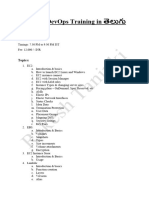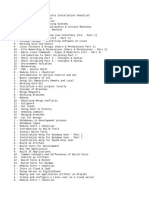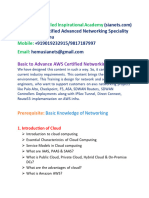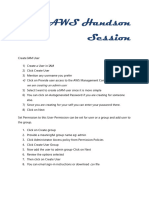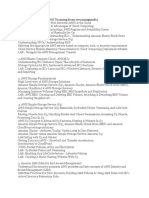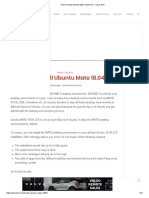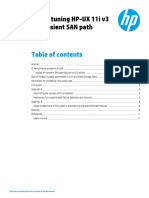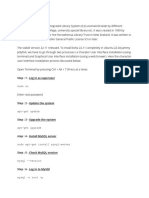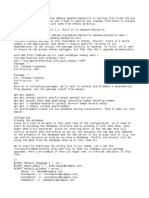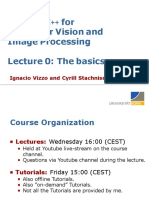0% found this document useful (0 votes)
10 views8 pagesAWS Git EC2 Linux Day1-4 Guide
The document is a four-day study guide covering AWS, Git, EC2, and Linux essentials. It includes topics such as AWS account management, IAM roles, Git basics, EC2 SSH access, and Linux command administration. Each day focuses on specific areas, providing practical commands and best practices for effective cloud and version control management.
Uploaded by
Ayman ChowhanCopyright
© © All Rights Reserved
We take content rights seriously. If you suspect this is your content, claim it here.
Available Formats
Download as PDF, TXT or read online on Scribd
0% found this document useful (0 votes)
10 views8 pagesAWS Git EC2 Linux Day1-4 Guide
The document is a four-day study guide covering AWS, Git, EC2, and Linux essentials. It includes topics such as AWS account management, IAM roles, Git basics, EC2 SSH access, and Linux command administration. Each day focuses on specific areas, providing practical commands and best practices for effective cloud and version control management.
Uploaded by
Ayman ChowhanCopyright
© © All Rights Reserved
We take content rights seriously. If you suspect this is your content, claim it here.
Available Formats
Download as PDF, TXT or read online on Scribd
/ 8











